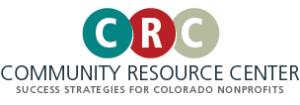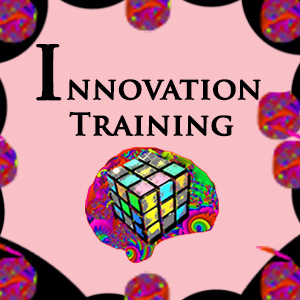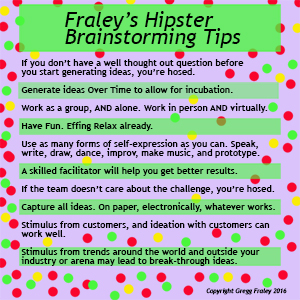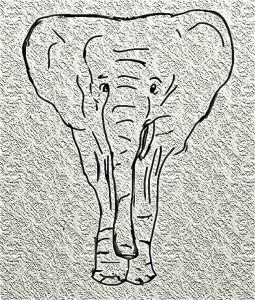Experiential Learning Accelerates Innovation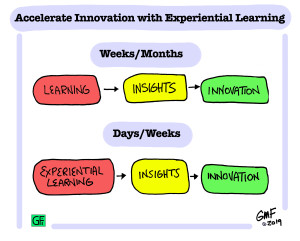
Innovation Session Designs Don’t Engage
New Study: Drawing is the Fastest, Most Effective Way to Learn
I read with interest an article stating that drawing accelerates learning. It does. Using experiential learning tools like drawing isn’t really new in innovation process. What’s new is the hard proof, and, using tools more deliberately. Sunni Brown, Dave Gray, Dan Roam, and yours truly all use experiential learning tools in innovation projects. In spite of many success stories it’s not done nearly enough. The reason? Most corporate innovators have no training in using experiential tools. They don’t know how to scaffold a learning experience. They go straight to brainstorming without preparing minds, and that’s a big reason sessions fail.
The article I reference is in Inc. Magazine by Jessica Stillman. It says that using drawing, whatever your skill, accelerates learning, and greatly aids memory. The article premise is supported by a recently published academic paper by Fernandes, Wammes, and Meade, “The Surprisingly Powerful Influence of Drawing on Memory.”
Accelerated Learning Leads to Accelerated Innovation
Yes, drawing accelerates learning. If you’re an innovator, you should be looking for ways to learn fast. When you understand something in depth, you’re in the perfect position to create something new and useful. Learning and innovation are joined at the hip.
If you’re seeking breakthrough innovation, use the tools of accelerated learning. Yes, drawing, AND, music, dance, sculpture, Improv, and story telling — they all accelerate learning. All these modes of experiential learning scaffold thinking to high levels of understanding. That improved understanding, directly applied to an innovation challenge, is how you get to a breakthrough idea.
Results: Would you be happy with a session where four patents emerged in one day? Would a shift in perspective that discovers a high margin “blue ocean” new niche be of interest? Those are results I’ve seen using tools like drawing and Improv.
Scaffolding
Experiential learning tools like drawing are a form of scaffolding. Scaffolding is a well researched educational psychology concept. A teacher figures out where a student is, their “zone of proximal development”. The teacher then scaffolds the students thinking, using various tools, to make new connections and learn. In innovation work, ideally, a facilitator guides a team beyond its current knowledge zone and into a new place of greater understanding. Insights gained inspire ideas to create something new. The difference between education and innovation is the added step of creation.
Why Innovation Sessions Have a Bad Reputation
90% of the innovation sessions you’ll attend use only spoken and written words. And there is a lot of sitting. Sessions often fail to find breakthrough ideas. Facilitators need to adopt experiential learning tools in their sessions designs.
Innovation Session Designs Need More Variety
When you design innovation sessions: Use a variety of experiences. Draw. Sculpt. Do Improv games. Move. Play. Tell Stories, Reflect, Write. If you leverage these learning modes, participants stay mentally engaged. These activities, carefully integrated with the challenge, are necessary scaffolding for innovation. The hard part is the integration with the challenge, but if you do it properly, it pays off in breakthrough ideas. Keep in mind these activities are not just “energizers” — they are critical learning steps.
Scaffolding and Experiential Learning Tools Are Innovation Framework Neutral
Design Thinking, Agile, CPS/Osborn-Parnes, Lean, TRIZ and other innovation frameworks all have some scaffolding built-in. A framework is a scaffold. Here’s a cutting edge innovation insight: Results from these frameworks improve with more experiential learning and mental scaffolding.
Frameworks become a competitive advantage when you use them in more creative ways.
Learn How to Scaffold
Would you like to learn more about scaffolding, and how to design drawing, and other modes of creative expression, into innovation sessions? Would you like hands-on assistance? Do you have an upcoming meeting that really needs an engaging workshop where people learn something useful? Get in touch!
*********
Gregg Fraley is the inventor and developer of MoshPit Innovation, and Momentum Team Effectiveness Training. He’s the CEO of Gregg Fraley Innovation (GFi). His Innovation Facilitation training courses provide cutting edge tools and techniques, including his proprietary tools.




